"U.S. Program Lends a Hand to Banks, Quietly
Eager to escape the long arm of government, Goldman Sachs is preparing to return $10 billion in taxpayer funds as fast as the ink can dry on the check. But the bank, and a number of others, is quietly holding on to other forms of public support that come with virtually no strings attached.
Banks have been benefiting from an indirect subsidy adopted by the federal government at the height of the financial crisis last fall that allows them to issue their debt cheaply with the backing of the Federal Deposit Insurance Corporation.
That debt — more than $300 billion for the banking industry so far — helped otherwise cash-strained banks to keep their businesses running even when it was virtually impossible for other companies to raise funds. The program will continue to bolster scores of banks through at least the middle of 2012.
The value of the assistance, economists say, is incalculable, because it helped keep participating banks alive despite the panic sown in financial markets after Lehman Brothers collapsed.
“I don’t know how you measure that subsidy,” said Mark Zandi, the chief economist at Moody’s Economy.com. “That’s why they say it’s invaluable. It’s an infinite subsidy. It’s their franchise value.”
The program has allowed Goldman to issue $28 billion in debt over the last six months. The debt totals more than $40 billion each for Bank of America and JPMorgan Chase, and $23 billion for Morgan Stanley.
The F.D.I.C. program does not come with the compensation and other regulatory conditions attached by Congress to the $700 billion bailout, but it charges the banks a small fee. Rather than relying on a direct infusion of taxpayer money, the agency is helping the banks raise debt from private investors by endowing them with the equivalent of an AAA rating. If any of the banks relying on the guarantees ran into trouble, the F.D.I.C. would make good on those bonds.
But as Goldman and other banks look to escape the restrictions attached to the bailout, it is unclear if the government might add rules to programs like the F.D.I.C.’s.
“It is definitely a risk,” said David Trone, an analyst with Fox-Pitt Kelton, who noted that lawmakers could at any time decide to change the rules, just as they retroactively added tighter rules on compensation to banks that accepted taxpayer money.
Goldman was the first bank to take advantage of the debt program when it was introduced in November, when the financial crisis made it nearly impossible for companies to raise cash. Morgan Stanley and Citigroup were quick to follow. More than 119 debt deals have been issued with the F.D.I.C.’s backing, according to Dealogic. Larger banks are using the program more than smaller ones, because they have capital markets businesses that depend on financing in the public markets.
Bank executives are quick to acknowledge that the program was critical to their survival.
“We would have had a real problem in the capital markets,” said David A. Viniar, the chief financial officer of Goldman. “The market shut down.”
Now Goldman is likely to be the first large bank to test the grip of the government. Last week, Goldman formally requested permission to exit part of the Troubled Asset Relief Program, the initiative that injected taxpayer money directly into the banks and has received far greater attention.
Goldman on Tuesday raised $5 billion in new common stock to help pay back the $10 billion it received under TARP, raising the possibility that it will become the first large institution to do so. Mr. Trone, the analyst with Fox-Pitt Kelton, said he knew of a number of investors who planned to buy Goldman’s stock, once the bank returns the TARP funds.
“We would view any institution that pays back TARP has having a material competitive advantage,” Mr. Trone said.
But some are pointing to Goldman’s F.D.I.C.-backed debt as a reason the bank should remain under government scrutiny.
“Money is fungible, and if Goldman didn’t have access to the cheap guaranteed government money through the debt program, it would have been less easy for them to come up with the funds to repay TARP,” said Jeremy Bulow, an economist at the Graduate School of Business at Stanford.
Mr. Viniar said in an interview that Goldman had no indication that lawmakers intended to add rules to banks who issued the government-backed debt. And he said that the backing was not all that different from insurance that the F.D.I.C. provides on deposits in banks.
From his perspective, the rules surrounding TARP are related to its use of taxpayer money, Mr. Viniar said. As for the debt, he noted that Goldman and the other banks borrowed from private investors, not the government.
The F.D.I.C. is charging banks for its backing, and has already pulled in nearly $7 billion in fees intended to be used to cover defaults on any of the bank debt issued in the program, should a bank collapse.
But given the huge amounts of debt issued by Goldman, JPMorgan Chase and Morgan Stanley alone, any major collapse could breach the F.D.I.C.’s reserves. The agency has asked Congress for authority to borrow more money from the Treasury in case of an emergency.
William M. Isaac, who ran the agency in the 1980s, pointed out that the F.D.I.C. had the ability to run programs like the debt program because it had charged banks fees for decades.
“The banking industry has funded the F.D.I.C. for 75 years,” said Mr. Isaac, who is now a managing director at LECG, a consulting firm. “That is why the F.D.I.C. has the ability to do this.”





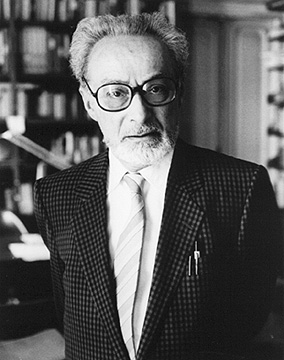


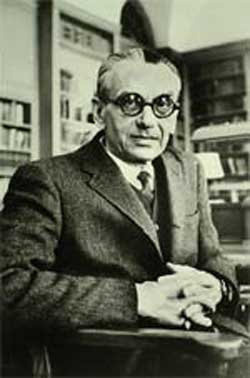

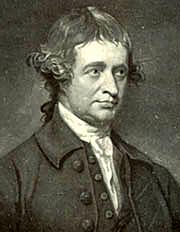













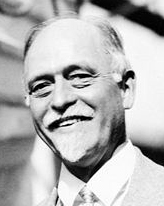











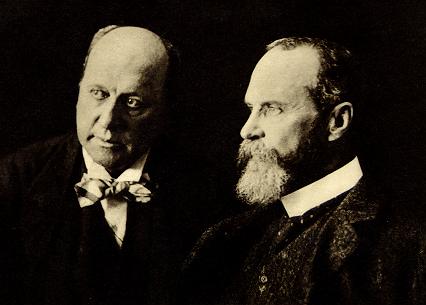


No comments:
Post a Comment